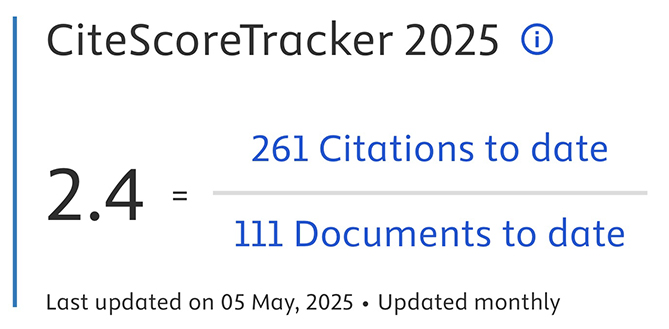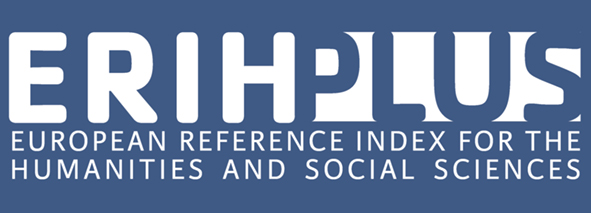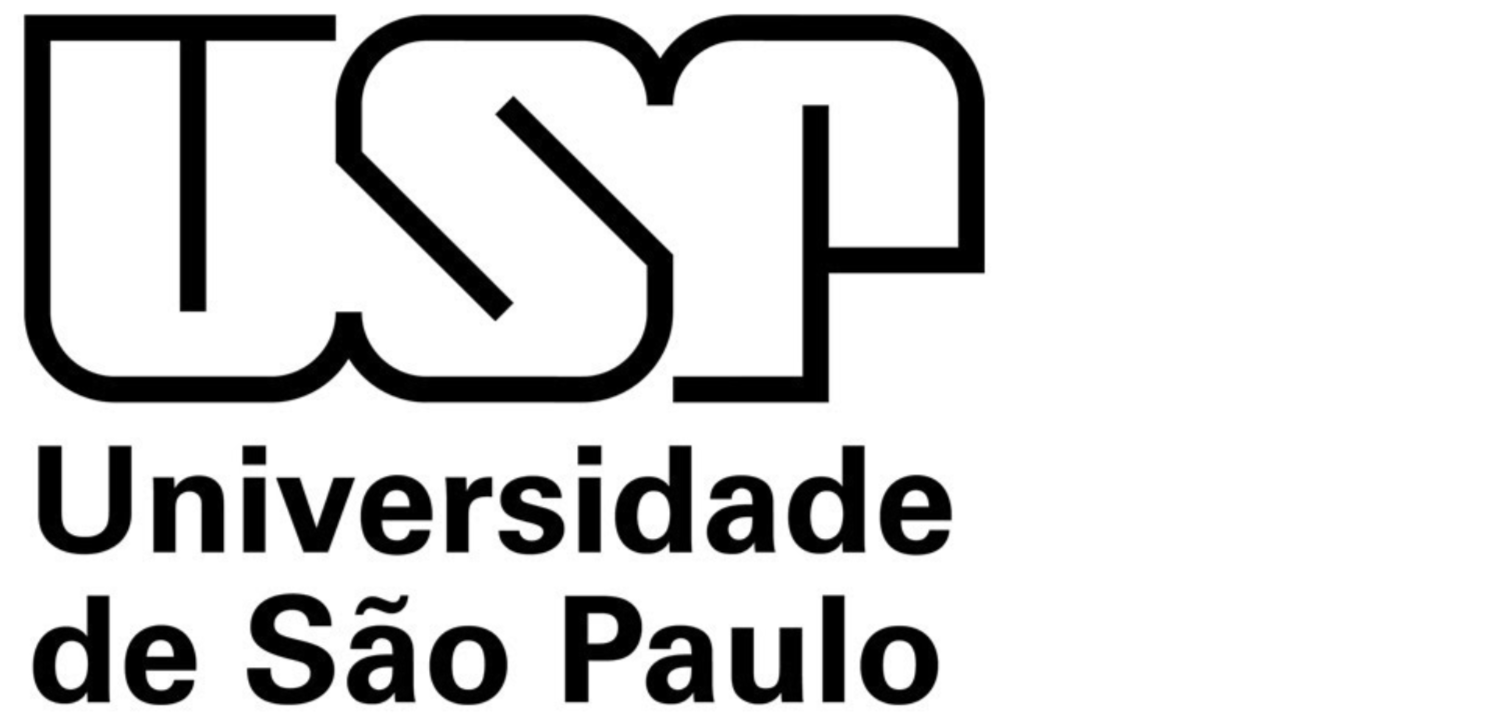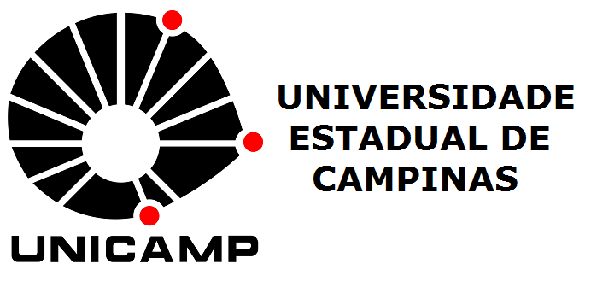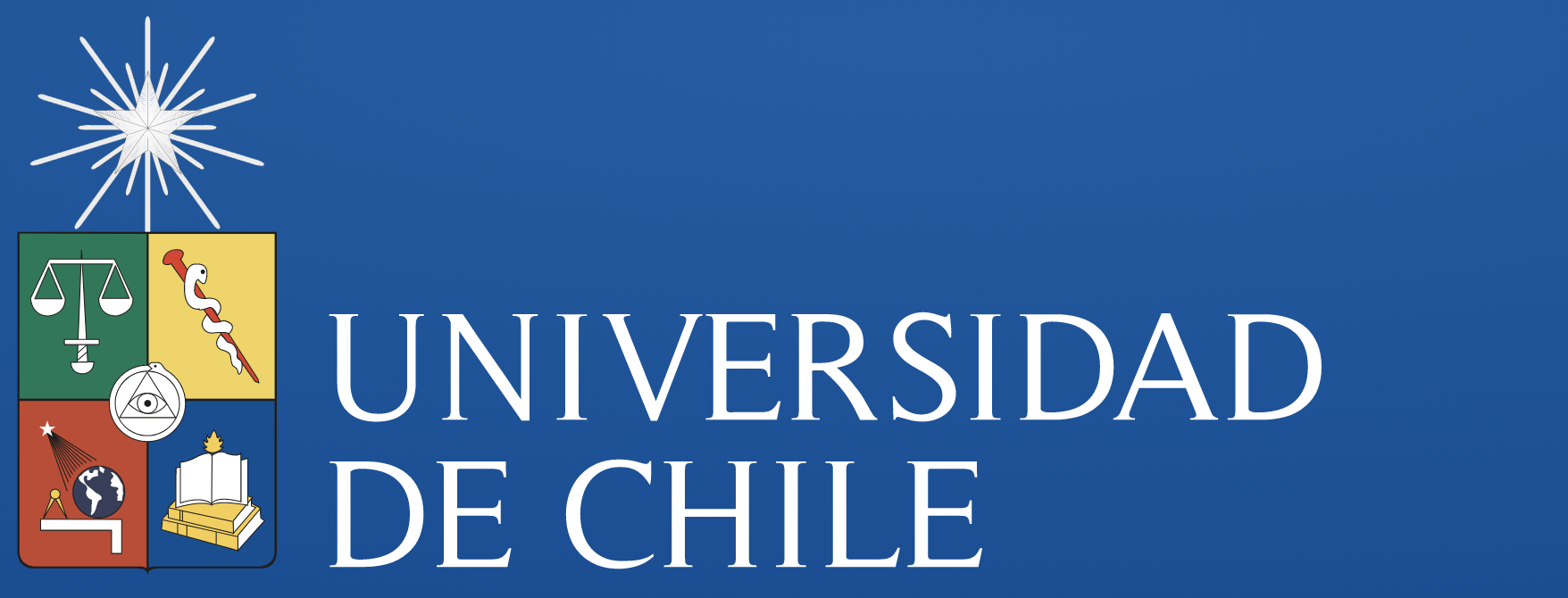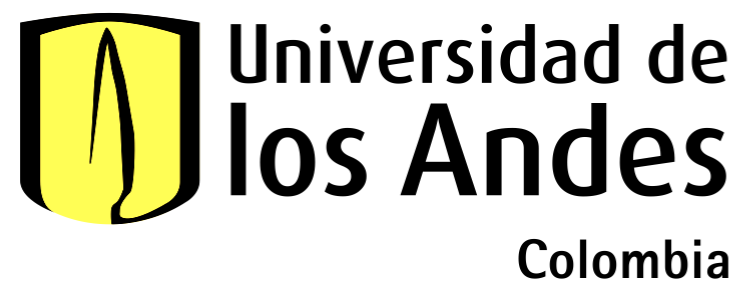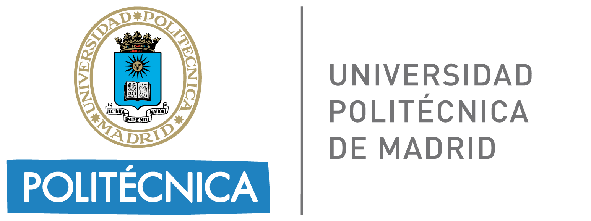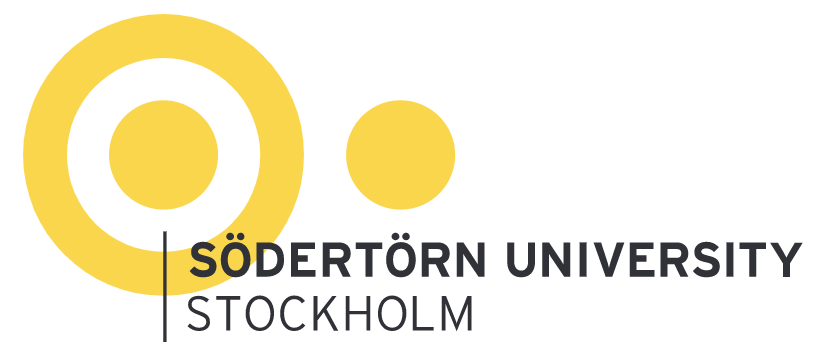Divinfood, NUCs e agrobiodiversità – Food Design Agile e Living Labs per l’innovazione sostenibile
DOI:
https://doi.org/10.69143/2464-9309/17282025Parole chiave:
living labs, agroecologia, sostenibilità, transdisciplinarità, food designAbstract
L’articolo esplora il ruolo dell’agile food design come catalizzatore di innovazione nei sistemi agroalimentari, partendo dal progetto europeo Divinfood che mira a valorizzare l’agrobiodiversità sottoutilizzata, come il lupino bianco, attraverso metodologie di co-creazione. L’approccio transdisciplinare, che unisce ricerca scientifica e design, facilita la creazione di soluzioni sostenibili per la transizione ecologica. Attraverso i Living Labs il design basato su scenari consente di generare nuove sinergie tra attori della filiera agroalimentare, promuovendo l’integrazione di competenze creative per rispondere alle sfide della sostenibilità. Lo studio evidenzia come il food design collaborativo e rapido possa contribuire a un sistema agroalimentare più inclusivo, sostenibile e resiliente, in linea con gli Obiettivi di Sviluppo Sostenibile dell’Agenda 2030.
Info sull'articolo
Ricevuto: 15/03/2025; Revisionato: 28/04/2025; Accettato: 30/04/2025
Downloads
##plugins.generic.articleMetricsGraph.articlePageHeading##
Riferimenti bibliografici
Almirall, E. and Wareham, J. (2008), “Living labs and open innovation – Roles and applicability”, in The Electronic Journal for Virtual Organizations and Networks, vol. 10, pp. 21-46.
Amara, N., Landry, R., Becheikh, N. and Ouimet, M. (2008), “Learning and novelty of innovation in established manufacturing SMEs”, in Technovation, vol. 28, issue 7, pp. 450-463. [Online] Available at: doi.org/10.1016/j.technovation.2008.02.001 [Accessed 20 April 2025].
Amer, M., Daim, T. U. and Jetter, A. (2013), “A review of scenario planning”, in Futures, vol. 46, pp. 23-40. [Online] Availa-ble at: doi.org/10.1016/j.futures.2012.10.003 [Accessed 20 April 2025].
Annicchiarico, P., Manunza, P., Arnoldi, A. and Boschin, G. (2014), “Quality of Lupinus albus L. (White Lupin) Seed – Ex-tent of Genotypic and Environmental Effects”, in Journal of Agricultural and Food Chemistry, vol. 62, issue 28, pp. 6539-6545. [Online] Available at: doi.org/10.1021/jf405615k [Accessed 20 April 2025].
Arce, E., Suárez-García, A., López-Vázquez, J. A. and Fernandez-Ibáñez, M. I. (2022), “Design Sprint – Enhancing STEAM and engineering education through agile prototyping and testing ideas”, in Thinking Skills and Creativity, vol. 44, article 101039, pp. 1-14. [Online] Available at: doi.org/10.1016/j.tsc.2022.101039 [Accessed 20 April 2025].
Audretsch, D. B. and Belitski, M. (2013), “The missing pillar – The creativity theory of knowledge spillover entrepreneur-ship”, in Small Business Economics | An Entrepreneurship, vol. 41, issue 4, pp. 819-836. [Online] Available at: doi.org/10.1007/s11187-013-9508-6 [Accessed 20 April 2025].
Benton, T. G. (2019), “Using scenario analyses to address the future of food”, in EFSA Journal, vol. 17, issue S1, article 170703, pp. 1-13. [Online] Available at: doi.org/10.2903/j.efsa.2019.e170703 [Accessed 20 April 2025].
Carroll, J. M. (2000), “Making use – Scenarios and scenario-based design”, in Boyarski, D. and Kellog, W. A. (eds), DIS’00 – Proceedings of the 3rd Conference on Designing Interactive Systems – Processes, Practices, Methods, and Techniques, New York, August 17-19, 2000, Association for Computing Machinery, New York, p. 4. [Online] Available at: doi.org/10.1145/347642.347652 [Accessed 20 April 2025].
Celaschi, F., Casoni, G. and Formia, E. (2024), “La mediazione del Design – L’integrazione tra agenti artificiali autonomi, produzione manifatturiera e servizi | The mediation of Design – The integration between autonomous artificial agents, manu-facturing production, and services”, in Agathón | International Journal of Architecture, Art and Design, vol. 16, pp. 334-343. [Online] Available at: doi.org/10.19229/2464-9309/16282024 [Accessed 20 April 2025].
Chiffoleau, Y., Dourian, T., Enderli, G., Mattioni, D., Akermann, G., Loconto, A., Galli, F., Emese, G., Perényi, Z., Colombo, L., Massari, S. and Desclaux, D. (2024), “Reversing the trend of agrobiodiversity decline by co-developing food chains with con-sumers – A European survey for change”, in Sustainable Production and Consumption, vol. 46, pp. 343-354. [Online] Avail-able at: doi.org/10.1016/j.spc.2024.02.032 [Accessed 20 April 2025].
Corubolo, M. and Meroni, A. (2024), “Transitioning Design-Orienting Scenarios for Food Systems – A Design Contribution to Explore Sustainable Solutions and Steer Action”, in Sustainability, vol. 16, issue 21, article 9598, pp. 1-23. [Online] Available at: doi.org/10.3390/su16219598 [Accessed 20 April 2025].
European Commission (2019), Communication from the Commission to the European Parliament, the Council, the Europe-an Economic and Social Committee and the Committee of the Regions – The European Green Deal, document 52019DC0640, 640 final. [Online] Available at: eur-lex.europa.eu/legal-content/EN/TXT/?uri=CELEX%3A52019DC0640 [Accessed 20 April 2025].
Fiore, E., Stabellini, B. and Tamborrini, P. (2020), “A Systemic Design Approach Applied to Rice and Wine Value Chains – The Case of the InnovaEcoFood Project in Piedmont (Italy)”, in Sustainability, vol. 12, issue 21, article 9272, pp. 1-28. [Online] Available at: re-searchgate.net/publication/346760709_A_Systemic_Design_Approach_Applied_ to_Rice_and_Wine_Value_Chains_The_Case_of_the_InnovaEcoFood_Project_in_ Piedmont_Italy [Accessed 20 April 2025].
Follesa, S., Corti, M., Struzziero, D. and Piluso, A. (2024), “Design del sistema alimentare per comunità resilienti – Agricoltura urbana e spazi sostenibili | Food system design for resilient communities – Urban agriculture and sustainable spaces”, in Agathón | International Journal of Architecture, Art and Design, vol. 15, pp. 306-315. [Online] Available at: doi.org/10.19229/2464-9309/15252024 [Accessed 20 April 2025].
Franz, Y. (2015), “Designing social living labs in urban research”, in Info, vol. 17, issue 4, pp. 53-66. [Online] Available at: doi.org/10.1108/info-01-2015-0008 [Accessed 20 April 2025].
Frow, P., Nenonen, S., Payne, A. and Storbacka, K. (2015), “Managing Co-creation Design – A strategic approach to innova-tion”, in British Journal of Management, vol. 26, issue 3, pp. 463-483. [Online] Available at: doi.org/10.1111/1467-8551.12087 [Accessed 20 April 2025].
Gamache, G., Anglade, J., Feche, R., Barataud, F., Mignolet, C. and Coquil, X. (2020), “Can living labs offer a pathway to sup-port local agri-food sustainability transitions?”, in Environmental Innovation and Societal Transitions, vol. 37, pp. 93-107. Available at doi.org/10.1016/j.eist.2020.08.002 [Accessed 24 April 2025].
Hagy, S., Morrison, G. M. and Elfstrand, P. (2017), “Co-creation in Living Labs”, in Keyson, D. V., Guerra-Santin, O. and Lockton, D. (eds), Living Labs – Design and Assessment of Sustainable Living, Springer, Cham, pp. 169-178. [Online] Avail-able at: doi.org/10.1007/978-3-319-33527-8_13 [Accessed 20 April 2025].
Hossain, M., Leminen, S. and Westerlund, M. (2019), “A systematic review of living lab literature”, in Journal of Cleaner Production, vol. 213, pp. 976-988. [Online] Available at: doi.org/10.1016/j.jclepro.2018.12.257 [Accessed 20 April 2025].
iPES FOOD | International Panel of Experts on Sustainable Food Systems (2022), The politics of protein – Examining claims about livestock, fish, ‘alternative proteins’ and sustainability. [Online] Available at: ipes-food.org/_img/upload/files/PoliticsOfProtein.pdf [Accessed 20 April 2025].
iPES FOOD | International Panel of Experts on Sustainable Food Systems (2016), From uniformity to diversity – A para-digm shift from industrial agriculture to diversified agroecological systems. [Online] Available at: ipes-food.org/_img/upload/files/UniformityToDiversity_FULL.pdf [Accessed 20 April 2025].
Kim, Y. and Lee, J. (2019), “A Product Design Process for Innovation based on Iterative Agile Prototyping”, in Journal of In-dustrial Design Studies, vol. 13, issue 2, pp. 61-69. [Online] Available at: doi.org/10.37254/ids.2019.06.48.06.61 [Accessed 20 April 2025].
Langella, C., Russo, D. and Scalisi, F. (2024), “Design e Gastrofisica – Innovazione e sostenibilità dei sistemi alimentari mul-tisensoriali | Design and Gastrophysics – Innovation and sustainability of multisensory food systems”, in Agathón | Interna-tional Journal of Architecture, Art and Design, vol. 16, pp. 250-277. [Online] Available at: doi.org/10.19229/2464-9309/16222024 [Accessed 20 April 2025].
Lloyd, P. (2017), “From Design Methods to Future-Focused Thinking – 50 years of design research”, in Design Studies, vol. 48, pp. A1-A8. [Online] Available at: doi.org/10.1016/j.destud.2016.12.004 [Accessed 20 April 2025].
Lucas, M. M., Stoddard, F. L., Annicchiarico, P., Frías, J., Martínez-Villaluenga, C., Sussmann, D., Duranti, M., Seger, A., Zan-der, P. M. and Pueyo, J. J. (2015), “The future of lupin as a protein crop in Europe”, in Frontiers in Plant Science, vol. 6, arti-cle 705, pp. 1-6. [Online] Available at: doi.org/10.3389/fpls.2015.00705 [Accessed 20 April 2025].
Manzini, E. (2015), Design, When Everybody Designs – An Introduction to Design for Social Innovation MIT Press.
Massari, S., Galli, F., Mattioni, D. and Chiffoleau, Y. (2023), “Co-creativity in Living Labs – Fostering creativity in co-creation processes to transform food systems”, in JCOM | Journal of Science Communication, vol. 22, issue 3, article 3, pp. 1-29. [Online] Available at: doi.org/10.22323/2.22030203 [Accessed 20 April 2025].
Mbatha, S. P. and Musango, J. K. (2022), “A systematic review on the application of the living lab concept and role of stake-holders in the energy sector”, in Sustainability, vol. 14, issue 21, article 14009, pp. 1-20. [Online] Available at: doi.org/10.3390/su142114009 [Accessed 20 April 2025].
Mesaros, D., Coroian, A., Longodor, A. L. and Rusu, T. (2023), “Agile Project Management in Food Industry”, in The Scientific Bulletin of Electrical Engineering Faculty, vol. 22, issue 2, pp. 65-69. [Online] Available at doi.org/10.2478/sbeef-2022-0023 [Accessed 23 April 2025].
O’Reilly, C. A. and Tushman, M. L. (2021), Lead and Disrupt – How to solve the innovator’s dilemma, Stanford University Press, Redwood City (CA). [Online] Available at: doi.org/10.1515/9781503629639 [Accessed 20 April 2025].
Ortega-David, E. and Rodríguez-Stouvenel, A. (2013), “Degradation of quinolizidine alkaloids of lupin by Rhizopus oli-gosporus”, in Applied Microbiology and Biotechnology, vol. 97, pp. 4799-4810. [Online] Available at: doi.org/10.1007/s00253-013-4736-x [Accessed 20 April 2025].
Porfirione, C., Ferrari Tumay, X. and Leggiero, I (2024), “Conoscenza, innovazione e cambiamento – Il potere dell’errore nel design e nei sistemi complessi | Knowledge, innovation, and change – The power of error in design and complex systems”, in Agathón | International Journal of Architecture, Art and Design, vol. 16, pp. 232-241. [Online] Available at: doi.org/10.19229/2464-9309/16202024 [Accessed 23 April 2025].
Ramaswamy, V. and Gouillart, F. (2010), “Building the co-creative enterprise”, in Harvard Business Review, vol. 88, issue 10, pp. 100-109. [Online] Available at: hbr.org/2010/10/building-the-co-creative-enterprise [Accessed 20 April 2025].
Signorini, C., Carpen, A., Coletto, L., Borgonovo, G., Galanti, E., Capraro, J., Magni, C., Abate, A., Johnson, S. K., Duranti, M. and Scarafoni, A. (2018), “Enhanced vitamin B12 production in an innovative lupin tempeh is due to synergic effects of Rhi-zopus and Propionibacterium in cofermentation”, in International Journal of Food Sciences and Nutrition, vol. 69, issue 4, pp. 451-457. [Online] Available at: doi.org/10.1080/09637486.2017.1386627 [Accessed 20 April 2025].
Sommariva, E., Canessa, N. V. and Tucci, G. (2022), “Azioni verdi per città innovative – Il nuovo paesaggio agroalimentare | Green actions for innovative cities – The new agri-food landscape”, in Agathón | International Journal of Architecture, Art and Design, vol. 11, pp. 150-161. [Online] Available at: doi.org/10.19229/2464-9309/11132022 [Accessed 20 April 2025].
Steckelberg, A. V. (2015), “Orchestrating a creative learning environment – Design and scenario work as a coaching experience – How educational science and psychology can help design and scenario work and vice-versa”, in Futures, vol. 74, pp. 18-26. [Online] Available at: doi.org/10.1016/j.futures.2015.05.005 [Accessed 20 April 2025].
Taebe, K., and Watson, K. (2024), Planning for Sustainable Food Systems – A Scenario Planning Toolkit, Lincoln Institute of Land Policy. [Online] Available at: doi.org/10.1016/j.futures.2015.05.005 [Accessed 20 April 2025].
Topi, C. (2022), “Stakeholder driven co-creation of sustainable resilient climate smart solutions to minimise impacts and maximise benefits of the agrifood value chain”, in Smetana, S., Pleissner, D. and Zeidler, Z. V. (eds), Waste to Food – Return-ing nutrients to the food chain, Wageningen Academic Publishers, Wageningen, pp. 237-256. [Online] Available at: doi.org/10.3920/978-90-8686-929-9_10 [Accessed 20 April 2025].
Valenti, A., Trimarchi, A. and Farresin, S. (2023), “Design e pensiero ecologico – Le nuove narrative del progetto contempora-neo che mettono la Terra in primo piano | Design and ecological thinking – The new narratives of contemporary design placing Earth on centre stage”, in Agathón | International Journal of Architecture, Art and Design, vol. 13, pp. 19-30. [Online] Available at: doi.org/10.19229/2464-9309/1312023 [Accessed 20 April 2025].
Vargas, C., Whelan, J., Brimblecombe, J., Brock, J., Christian, M. and Allender, S. (2022), “Co-creation of healthier food retail environments – A systematic review to explore the type of stakeholders and their motivations and stage of engagement”, in Obesity Reviews, vol. 23, issue 9, article e13482, pp. 1-20. [Online] Available at: doi.org/10.1111/obr.13482 [Accessed 20 April 2025].
Verganti, R. (2009), Design Driven Innovation – Changing the Rules of Competition by Radically Innovating What Things Mean, Harvard Business Press, Boston (MA).
Zannoni, M., Succini, L., Rosato, L. and Pasini, V. (2024), “Transitional industrial designer – La responsabilità di progettisti e imprese per una transizione sostenibile | Transitional industrial designer – The responsibility of designers and companies for a sustainable transition”, in Agathón | International Journal of Architecture, Art and Design, vol. 15, pp. 332-343. [Online] Available at: doi.org/10.19229/2464-9309/15282024 [Accessed 20 April 2025].
Willett, W., Rockström, J., Loken, B., Springmann, M., Lang, T., Vermeulen, S., Garnett, T., Tilman, D., DeClerck, F., Wood, A., Jonell, M., Clark, M., Gordon, L. J., Fanzo, J., Hawkes, C., Zurayk, R., Rivera, J. A., De Vries, W., Majele Sibanda, L., Afshin, A., Chaudhary, A., Herrero, M., Agustina, R., Branca, F., Lartey, A., Fan, S., Crona, B., Fox, E., Bignet, V., Troell, M., Lindahl, T., Singh, S., Cornell, S. E., Reddy, K. S., Narain, S., Nishtar, S. and Murray, C. J. L. (2019), “Food in the Anthropocene – The EAT-Lancet Commission”, in The Lancet, vol. 393, issue 10170, pp. 447-492. [Online] Available at: doi.org/10.1016/s0140-6736(18)31788-4 [Accessed 20 April 2025].
Young, C. W., Quist, J., Toth, K., Anderson, K. and Green, K. (2001), “Exploring sustainable futures through ‘Design Orient-ing Scenarios’ – The case of shopping, cooking and eating”, in The Journal of Sustainable Product Design, vol. 1. pp. 117-129. [Online] Available at: doi.org/10.1023/A:1014401410727 [Accessed 20 April 2025].
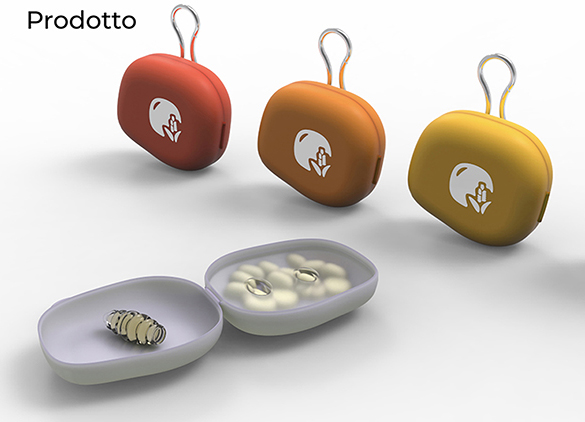
##submission.downloads##
Pubblicato
Come citare
Fascicolo
Sezione
Categorie
Licenza
Copyright (c) 2025 Sonia Massari, Francesca Galli, Luca Colombo, Gabriele Goretti

TQuesto lavoro è fornito con la licenza Creative Commons Attribuzione 4.0 Internazionale.
AGATHÓN è pubblicata sotto la licenza Creative Commons Attribution License 4.0 (CC-BY).
License scheme | Legal code
Questa licenza consente a chiunque di:
Condividere: riprodurre, distribuire, comunicare al pubblico, esporre in pubblico, rappresentare, eseguire e recitare questo materiale con qualsiasi mezzo e formato.
Modificare: remixare, trasformare il materiale e basarti su di esso per le tue opere per qualsiasi fine, anche commerciale.
Alle seguenti condizioni
Attribuzione: si deve riconoscere una menzione di paternità adeguata, fornire un link alla licenza e indicare se sono state effettuate delle modifiche; si può fare ciò in qualsiasi maniera ragionevole possibile, ma non con modalità tali da suggerire che il licenziante avalli l'utilizzatore o l'utilizzo del suo materiale.
Divieto di restrizioni aggiuntive: non si possono applicare termini legali o misure tecnologiche che impongano ad altri soggetti dei vincoli giuridici su quanto la licenza consente di fare.
Note
Non si è tenuti a rispettare i termini della licenza per quelle componenti del materiale che siano in pubblico dominio o nei casi in cui il nuovo utilizzo sia consentito da una eccezione o limitazione prevista dalla legge.
Non sono fornite garanzie. La licenza può non conferire tutte le autorizzazioni necessarie per l'utilizzo che ci si prefigge. Ad esempio, diritti di terzi come i diritti all'immagine, alla riservatezza e i diritti morali potrebbero restringere gli usi del materiale.






